Metabolist City Revisited
01/ Introduction
Our project was inspired by the potentials of unrealized cities.
More specifically we focus on the post- war city proposal of Kenzo Tange for Tokyo, developed in 1960
1960 was a post-war period and therefore a period of reconstruction both in Europe and around the world. It was also a period of change and evolution for the cities & the settlements and a need to rebuild them constructively but also morally.
Architects were becoming the bearers of the new life of the inhabitants in the cities of reconstruction. Utopianism generated groundbreaking ideas, trying different typologies that examined how the humans & the society would be able to live in them.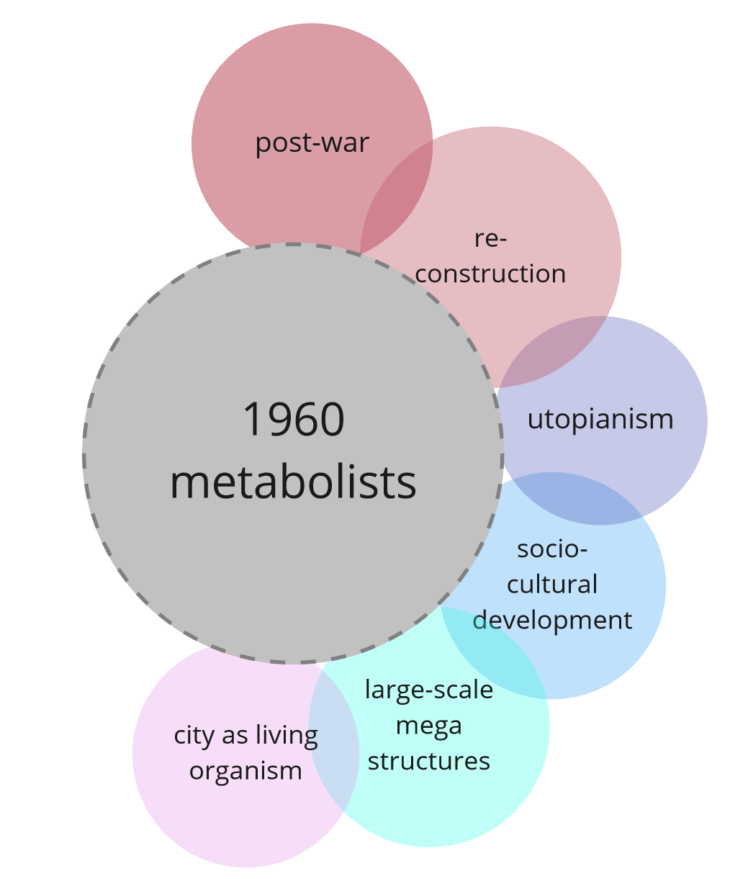
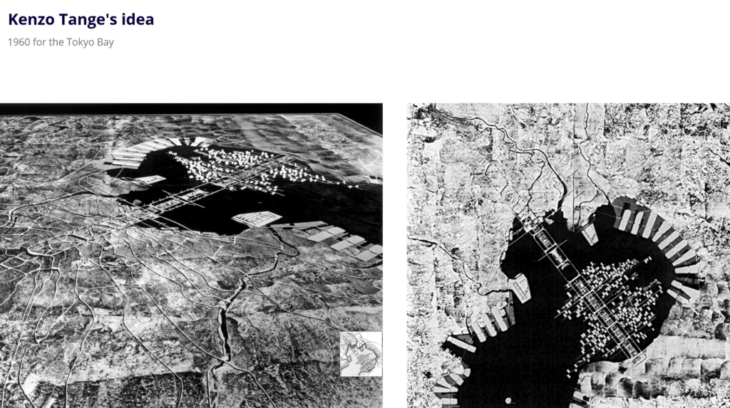
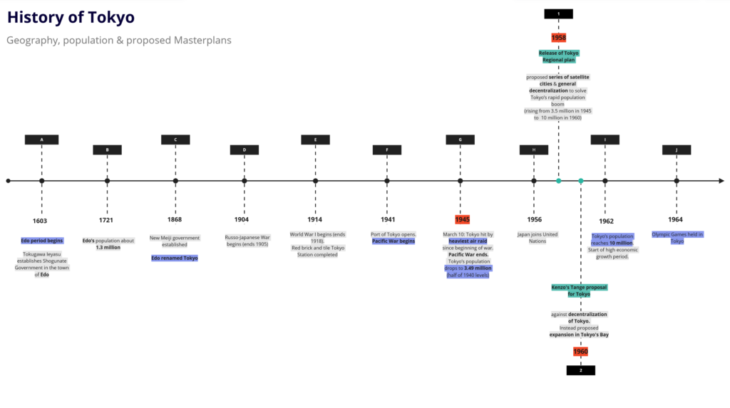
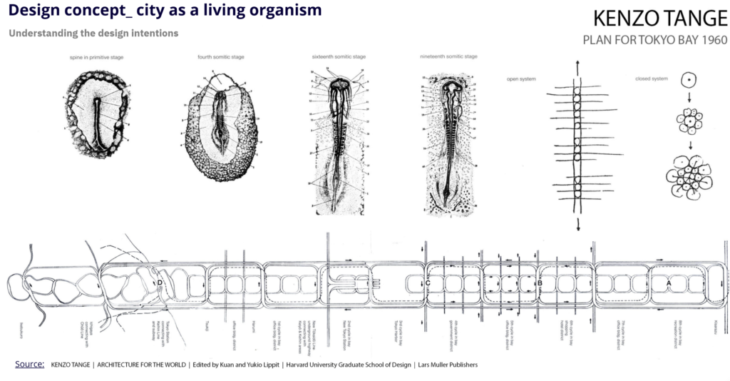
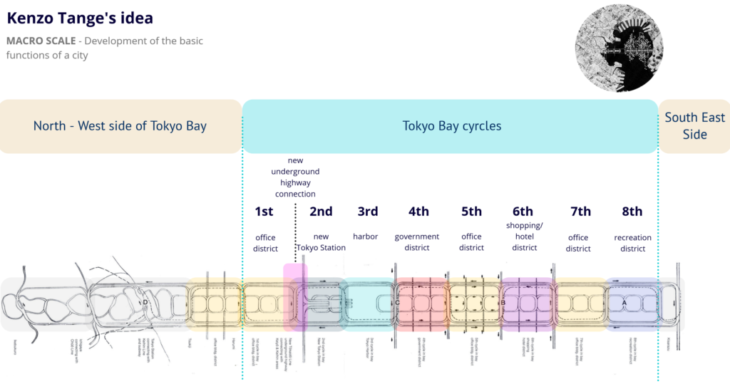
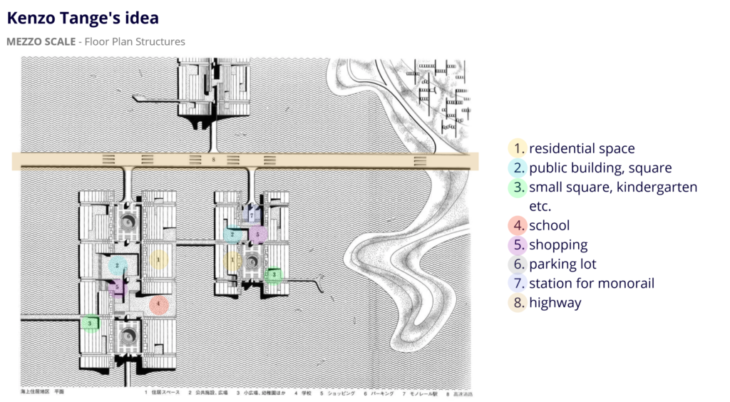
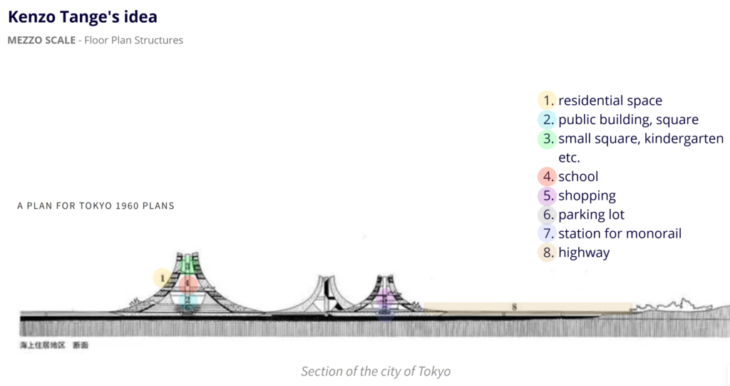
02/ Workflow
Firstly we collected graphs of modern day Tokyo from OSMnx in order to analyze its topology bearing in mind connections to the unbuilt proposed city.
As a next step we analyzed the topology of Kenzo Tange’s proposal, attempted to generate an imaginary Tokyo around it and also added data for public spaces to explore its potential for sociability.
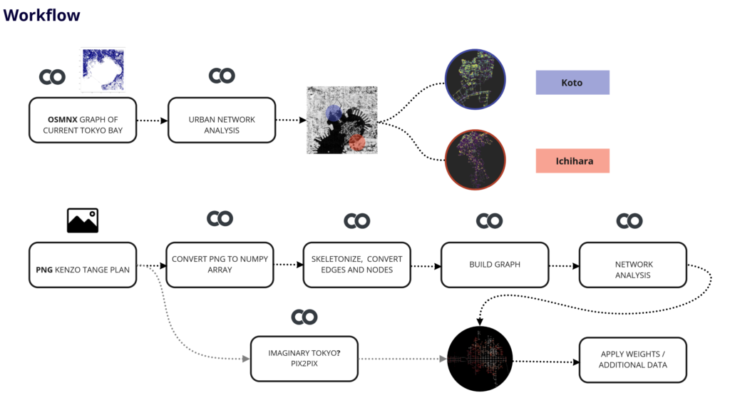
03/ Urban Network Analysis
We analysed the two cities that the Kenzo’s plan would have connected. Koto & Ichahara. Observing the graphs we understand that the connection parts of both cities show high closeness & meshednes. Moreover Kenzo’s linear proposal attempted to bring order to the organic form of Tokyo
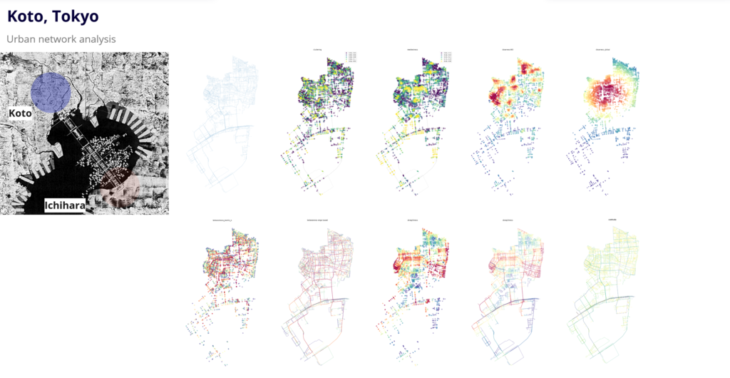
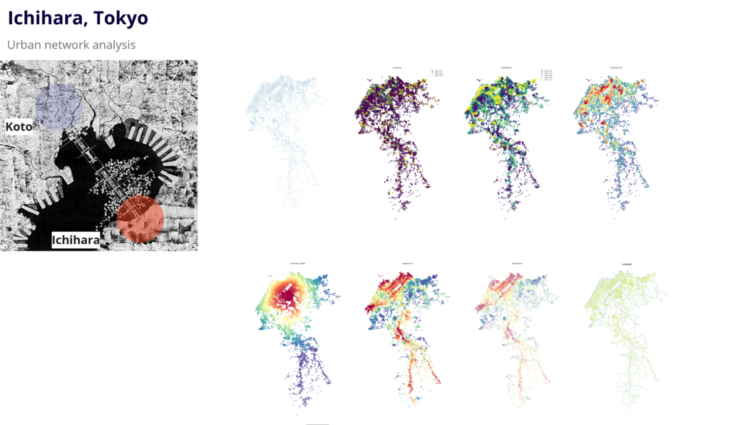
To explore how the linearity or this order could have expanded into Tokyo, we sought to generate a new city that would align with the imaginary city’s main axis
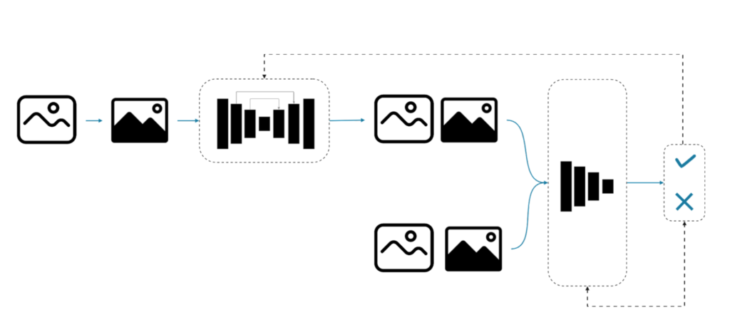
For that, we trained a conditional GAN (pix2pix) to generate new urban plans.
After limited training, it was able to generate similar urban plans. However on testing on unseen data, we realised we needed to train longer. Given limited time, we decided to push this for further research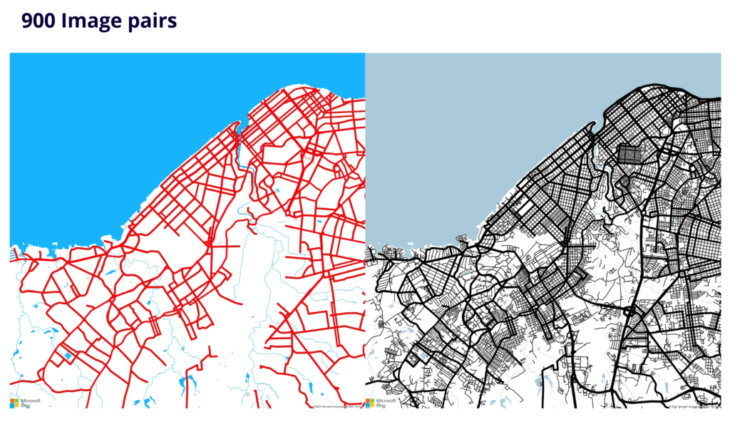
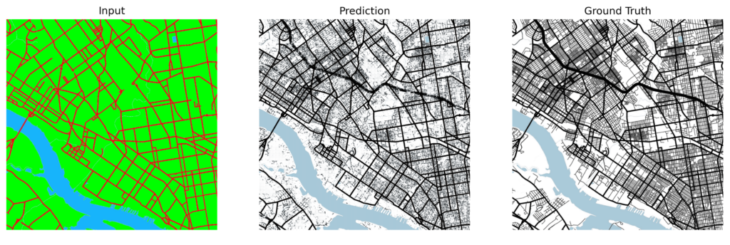
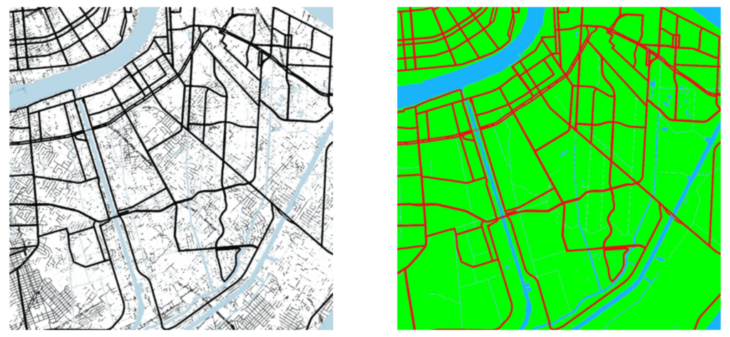
04/ Analyzing Kenzo Tange’s city graph
Looking at the topology of Tange’s city, we analyzed its clustering and meshedness, where we see the tree-like-ends having the least connections.
Furthermore we checked the closeness and global centrality, which proved that the central spine around the appendages was the most central core.
We also checked the most passed through nodes as shown by the betweeness centrality. We also saw a high degree of straightness along the spine and more continuity in the appendages,
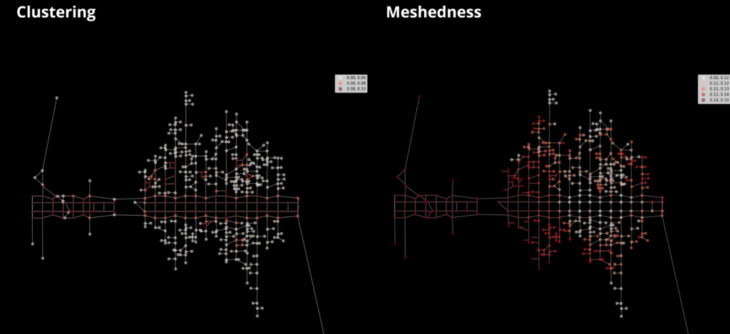
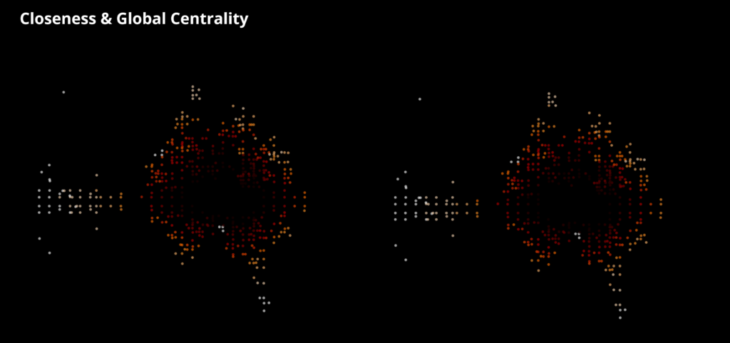
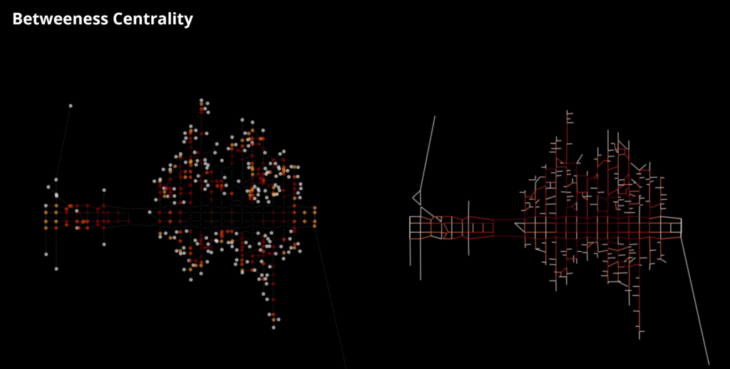
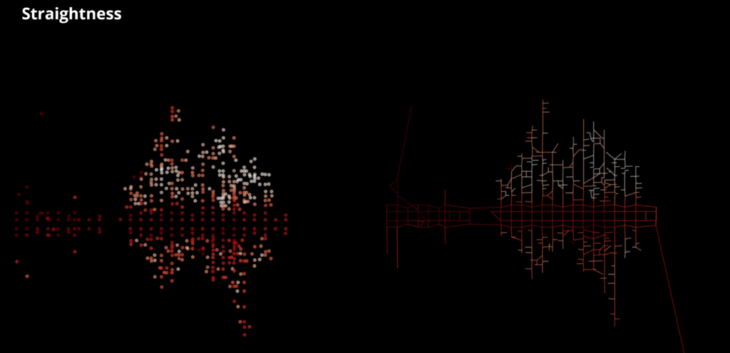
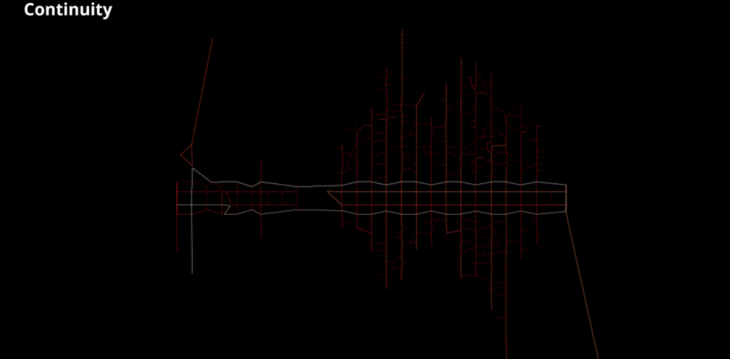
Finally, we added data on an aspect of urban living underrepresented by the metabolist movement and tried to bring some softness to the edges of the megastructure idea. Here we used centrality degree to distribute public spaces with the higher degree centralities getting larger weights. Another conclusion we made from our analysis is that the city’s topology allows a central uniform distribution of various levels of public spaces.
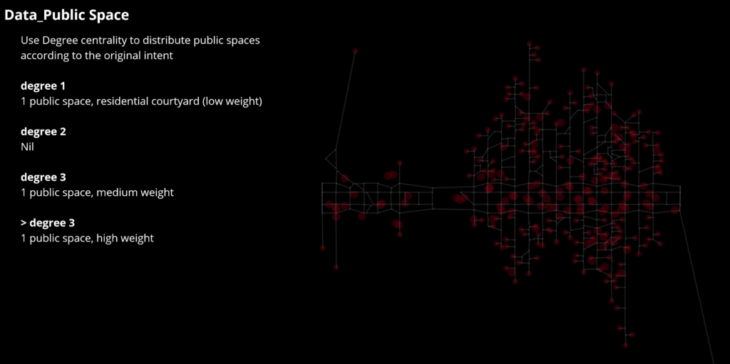
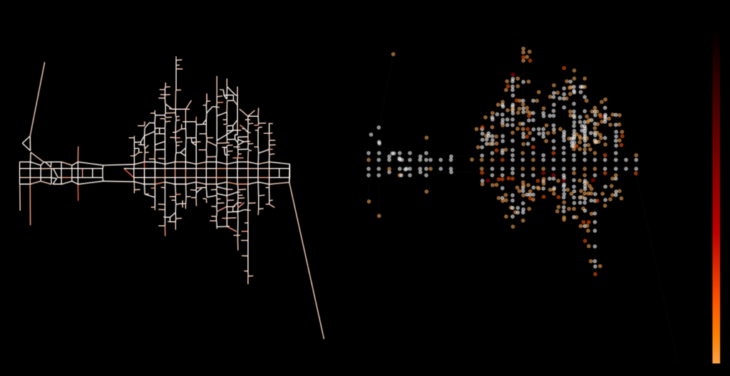
Metabolist city revisited is a project of IAAC, Institute for Advanced Architecture of Catalonia developed in the Master of Advanced Computation in Architecture and Design 2021/22 by Students: Oluwadamilola Akinniyi and Maria Papadimitraki, Faculty: David Andres Leon, Faculty assistant: Dai Kandil
